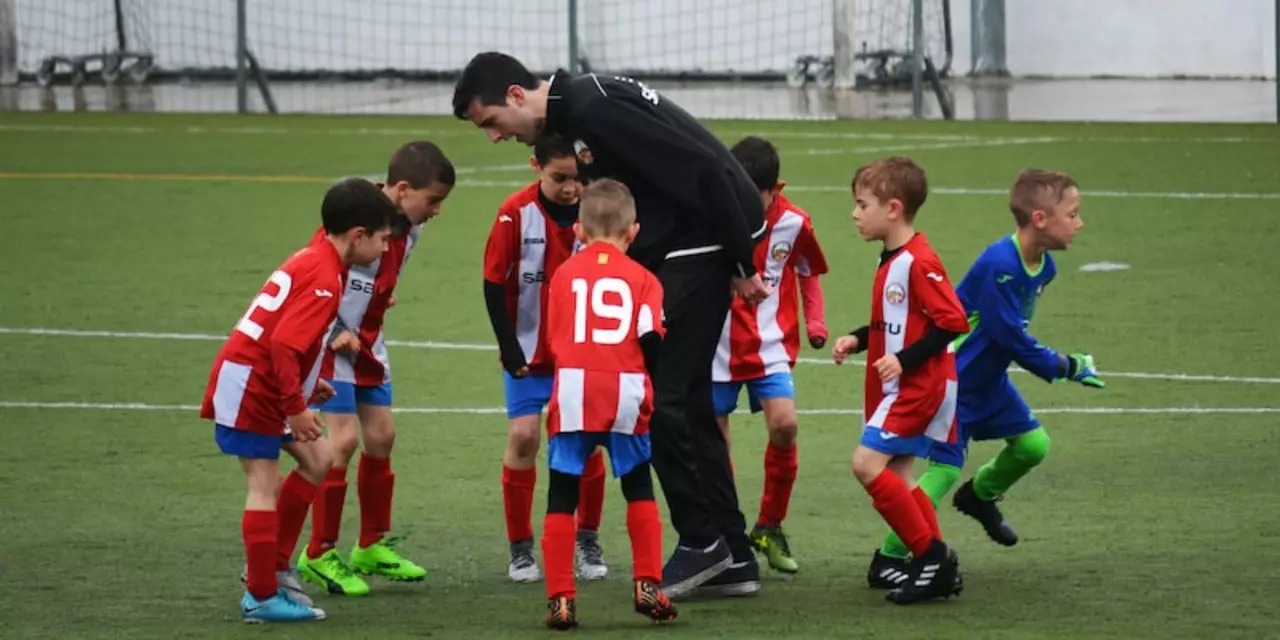Sports education is an important part of school life in both Japan and South Korea. Throughout both countries, physical education and sports are seen as essential for a well-rounded and healthy education. But what are the differences between sports education in the two countries?
In Japan, sports education is seen as a way to promote physical and mental health. Schools place a great emphasis on physical education and sports, and students are encouraged to take part in a variety of activities. This includes traditional sports such as baseball, as well as modern sports such as soccer. Schools often have specialized sports teams and clubs that promote physical activity and competition.
In South Korea, sports education is also a major part of school life. However, there is a greater emphasis on competitive sports. South Korean schools tend to focus on sports that can be used to build a student’s resume and give them an edge when applying for college or a job. This includes sports such as basketball and taekwondo. South Korean schools also tend to have more specialized sports teams and clubs than those in Japan.
Overall, both Japan and South Korea place a great emphasis on sports education. While there are some differences between the two countries in terms of focus and specialization, both countries understand the importance of physical activity and competition in the classroom.
Sports in schools can have a significant impact on students’ performance and overall educational experience. In Japan and South Korea, where traditional education systems are highly competitive, sports can provide students with an outlet for physical and mental exercise, as well as an additional tool for learning. While sports in schools may not be as common as in other countries, they can still have a positive influence on student outcomes.
In Japan, there is a nationwide effort to promote physical education (PE) in schools. This effort is part of the Ministry of Education, Culture, Sports, Science and Technology’s (MEXT) “Healthy Japan” initiative, which seeks to foster a healthy culture within Japanese society. While physical education is not mandatory, many schools offer it as an elective for students to take part in. Schools in Japan also tend to have sports clubs, where students can practice and play different sports. These clubs are often used as a way to teach life skills, such as teamwork and cooperation, to students.
In South Korea, school sports are also viewed as an important part of the educational experience. Sports clubs are popular in many South Korean schools, and the government has recently implemented a program that encourages students to participate in such activities. The program, called “Sports for All,” provides schools with financial and material support for the development of sports clubs and other athletic activities. The goal of the program is to increase student interest in sports and to help students stay physically active.
Overall, sports in schools can have a positive impact on student performance and educational experience. In Japan and South Korea, school sports provide students with an outlet for physical and mental exercise, as well as an additional tool for learning. While sports in schools may not be as common as in other countries, they can still have a positive influence on student outcomes.
Sports have become a big part of school culture in many parts of the world. In Japan and South Korea, sports are a well-established part of the curriculum and an integral part of their respective cultures. But what exactly is the role that sports play in these countries?
In Japan, sports are seen as an important part of the education system. Schools are required to provide daily physical education classes, and there are also a number of extracurricular sports clubs available. Schools also often compete in inter-school tournaments to promote school spirit and pride. Sports are seen as a way to promote teamwork and cooperation, and to foster good physical and mental health.
In South Korea, sports are also an important part of the education system. There is a great emphasis on physical education and health, with many schools offering a wide range of sports. Schools often compete in inter-school tournaments and there are many national and international sports competitions. Sports are seen as a way to build team spirit and to promote physical fitness and healthy lifestyles.
Overall, sports are a big part of school culture in both Japan and South Korea. Sports are seen as an important way to promote physical and mental health, and to foster teamwork and cooperation. Students in both countries have the opportunity to participate in a wide range of sports, both within and outside of school.
School sports are an important part of education and life in both Japan and South Korea. They help build physical fitness, social connections and team spirit. In both countries, students are encouraged to participate in school sports as part of their overall education.
Sports in schools provide a number of benefits to students. Physical activity helps to improve physical health, while the team spirit and camaraderie of sports can help build strong social connections. Additionally, sports provide an important outlet for stress and can help improve academic performance.
In Japan, school sports are an important part of the culture. Students are encouraged to participate in a range of sports, such as baseball, basketball, volleyball, and soccer. Additionally, sports such as judo and kendo are popular and often taught in school.
In South Korea, school sports are also popular. Soccer is the most popular sport, but basketball and volleyball are also popular. Additionally, traditional martial arts such as taekwondo are often taught in school.
Overall, school sports are an important part of education in both Japan and South Korea. They help build physical fitness, social connections, and team spirit. Additionally, they provide an important outlet for stress and can help improve academic performance.


